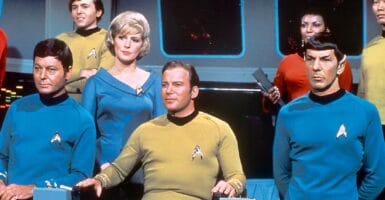The Guardians of the Galaxy Member Canon To Marvel And DC
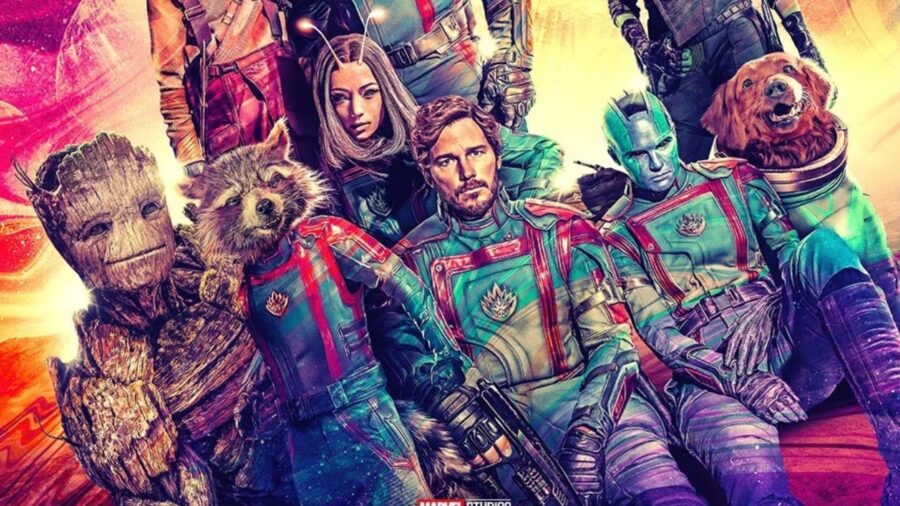
Thanks to the MCU, most people know the character Mantis as a member of The Guardians of the Galaxy. However, she didn’t start out that way. Not only was comic book Mantis not originally a member of the Guardians, but at one point, she wasn’t even a Marvel character. She was DC.
Mantis Is All Over The Place
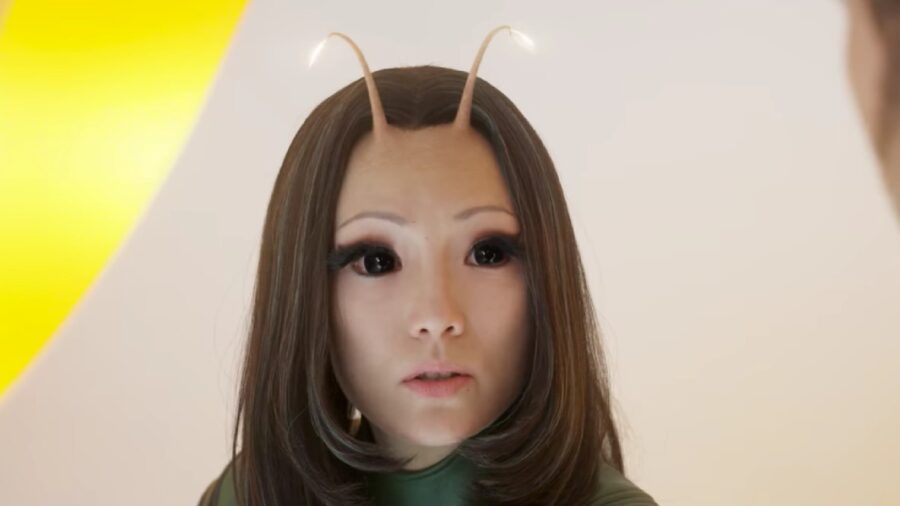
To be clear, Mantis did originate as a Marvel Comics character—she just didn’t stay that way. Through some clever writing along with a brazen disregard for brand loyalty, she was able to jump ship to the publisher Marvel used to refer to as their “Distinguished Competition.” That’s not even the craziest part. Technically, Mantis has canonically existed in four different comic-book universes!
What makes that even more impressive is that unlike, say, the Teenage Mutant Ninja Turtles, who have also been a part of four different comic book universes (at least), the ownership of the character herself has never jumped from publisher to publisher. Mantis’s dimension-hopping was all done on the sly.
The OG Mantis
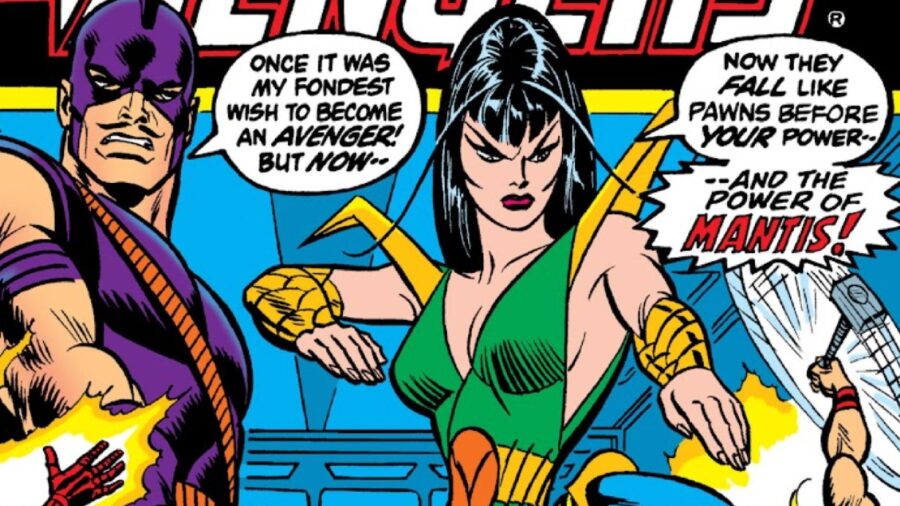
Originally created by writer Steve Englehart and artist Don Heck for Avengers #112 (June 1973) Mantis started life very differently than the version played by Pom Klementieff in the MCU. Mantis spent her entire childhood in the care of a religious sect of Kree aliens.
The Kree believed she would grow up to be the Celestial Madonna and eventually give birth to Sequoia, a being the Kree believed was the “most important” in the universe. They trained her in martial arts and then mind-wiped her and sent her out into the world, where she became a sex worker at a Vietnamese tavern because, you know, comics.
Willow
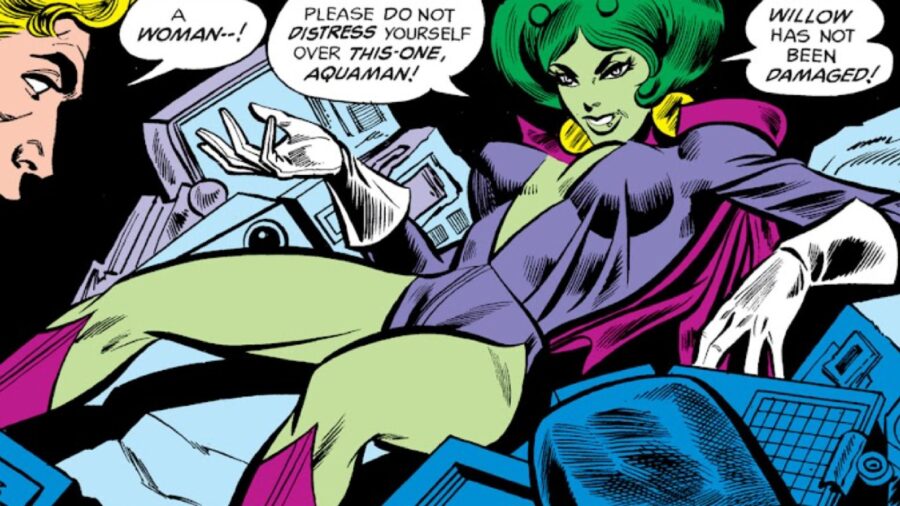
Eventually, she would meet the Swordsman, an ex-villain turned Avenger with possibly the most generic name in comic books. From there, she would have numerous adventures with the Avengers until Steve Englehart left Marvel and moved to DC. While writing Justice League of America, Englehart decided it would be fun to have the team meet his former Marvel vixen in issue #142. Not wanting DC to get in any sort of legal trouble, he turned Mantis green and changed her name to Willow.
Just to make sure fans knew what he was doing, Englehart gave Willow the same odd speech pattern as Mantis—both characters refer to themselves in the third person as “this one”—and had the character recount her Marvel origins to the JLA. She had to do so in vague terms, obviously, but Englehart made it as obvious as he could that she was the same character still destined to birth a space messiah. Not content to stay in one place too long the character was next transported to the Eclipse Comics universe.
Lorelei
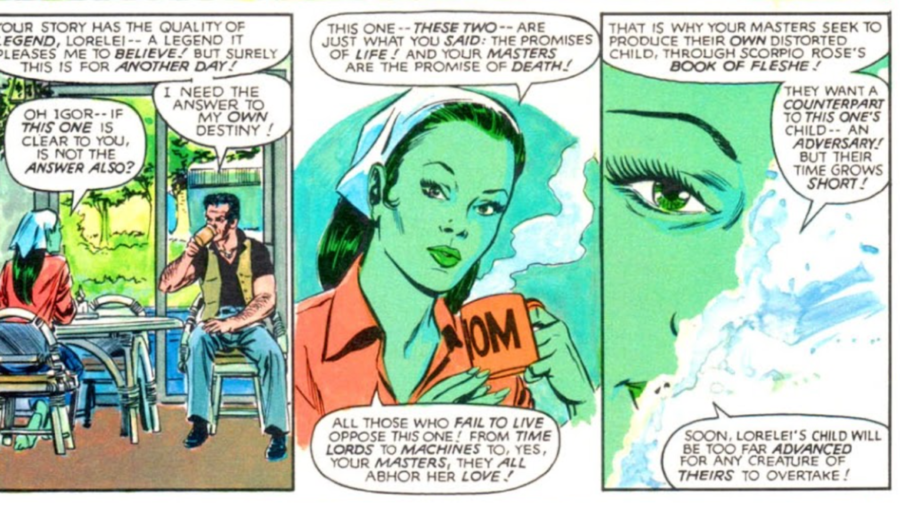
Eclipse was an independent publisher from the ’80s that eventually went out of business in the mid-’90s. During its brief time in the comic book field, Eclipse served as the third home of Englehart’s Celestial Madonna. In the second issue of a now-forgotten series called Scorpio Rose Englehart introduced the character of Lorelei, who was really—you guessed it—Mantis.
Scorpio Rose wouldn’t get an issue #3, but Lorelei’s story would continue at Image Comics in a comic book titled Coyote Collection #1. This third incarnation of Mantis would even get a mention in Englehart’s 2010 novel The Long Man making her part of yet another universe. Eventually the character would make her way back to the Marvel universe under her original name and appearance.
It May Not Be Canon, But It’s Still Remarkable

While Marvel has never referenced Mantis’s exploits in those other publisher’s universes, those stories haven’t explicitly been contradicted either leaving their canonicity up to the fans. Canon or not, it’s still a cool bit of comic book trivia and a testament to the creative ways a writer will try to maintain control over a character they created but have no legal ownership of.


